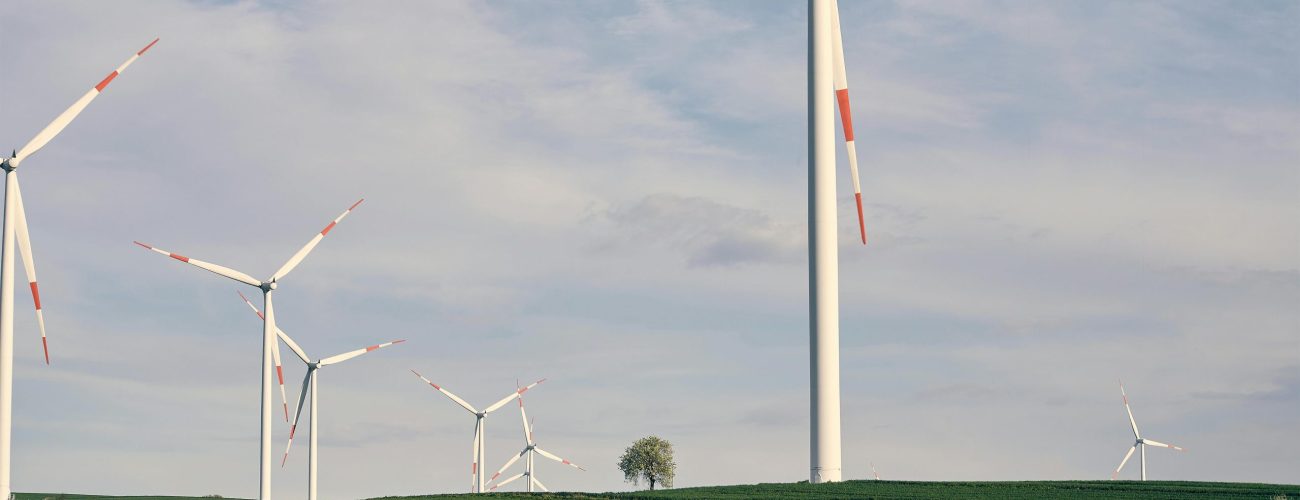Introduction
In 2025, technology is no longer confined to the “tech industry”—it’s become the backbone of virtually every sector. Whether it’s automating farms in regional New South Wales or fuelling financial innovation in Sydney’s fintech corridors, emerging technologies are transforming how Australians work, live, and do business.

Australia’s unique blend of vast geography, strong research institutions, and a highly skilled workforce makes it a fertile ground for innovation. From smart farms and AI healthcare to renewable energy and advanced fintech, the rise of new technologies is not only boosting productivity but also solving uniquely Australian challenges—like remoteness, climate extremes, and resource management.
In this blog, we’ll explore four major areas where emerging tech is making a profound impact on Australian industries: Agritech, Fintech, HealthTech, and CleanTech.
🌾 Agritech and Smart Farming
Agriculture remains one of Australia’s most critical and iconic industries. But it’s also one of the most vulnerable to climate change, labour shortages, and fluctuating global markets. Enter Agritech—a suite of technologies revolutionising how we grow, harvest, and manage food.

Key Innovations:
- AI-Powered Irrigation Systems: Using predictive analytics and weather data, smart irrigation platforms ensure water is used efficiently—critical in drought-prone areas like Western NSW.
- Drone Surveillance & Imaging: Drones equipped with multispectral cameras can monitor crop health, detect pest outbreaks, and even assist in planting and spraying.
- Precision Farming: GPS-enabled tractors, yield mapping, and automated harvesting systems are improving productivity and reducing waste.
- Vertical Farming & Hydroponics: Urban farming startups in cities like Melbourne and Brisbane are pushing the limits of sustainable food production.
The Impact:
- Increased efficiency and resource conservation.
- Reduced dependency on manual labour, especially in remote regions.
- Enhanced ability to scale and adapt to environmental pressures.
By embracing agritech, Australian farmers are not only protecting their yields but future-proofing their farms.
💳 Fintech Disruption
Australia has become a global fintech hub, with companies like Afterpay, Zip, and Airwallex driving innovation across digital payments, lending, insurance, and wealth management.

Major Trends in 2025:
- Buy Now, Pay Later (BNPL): Once a niche offering, BNPL is now fully mainstream, with consumers and businesses alike integrating it into everyday transactions.
- Open Banking: Through APIs, Australians now have more control over their financial data, allowing for tailored financial services and better transparency.
- Neo-Banks and Challenger Brands: Fully digital banks like Up, Xinja, and 86 400 (now part of NAB) offer simplified, app-first banking experiences—targeting tech-savvy millennials and Gen Z.
- Crypto and Blockchain: Though regulatory scrutiny has increased, Australian businesses are cautiously integrating blockchain for secure transactions and smart contracts.
The Impact:
- Increased financial inclusivity and convenience.
- More customised and data-driven financial services.
- Stronger competition driving innovation in legacy institutions.
Australia’s fintech scene exemplifies how regulation, innovation, and consumer demand can co-exist to create powerful economic change.
🏥 HealthTech and AI in Medicine
Australia’s healthcare system is world-renowned, but geographic isolation—especially in rural and Indigenous communities—has long created access challenges. HealthTech is changing that equation with the help of AI and telemedicine.

Game-Changing Technologies:
- Telehealth Platforms: Widely adopted during the COVID-19 pandemic, telehealth is now a standard part of care. Services like Healthdirect have streamlined remote consultations.
- AI Diagnostics: Tools like Harrison.ai use machine learning to help radiologists detect conditions like cancer and heart disease with greater speed and accuracy.
- Wearables and Remote Monitoring: Devices like smartwatches, glucose monitors, and portable ECGs allow continuous tracking of patients’ health.
- Mental Health Apps: Platforms like MindSpot and Smiling Mind use digital tools to support Australians with mental wellness—an increasingly critical area.
The Impact:
- Better access for remote communities and the elderly.
- Enhanced efficiency and accuracy in diagnosis and treatment.
- Empowerment of patients through self-monitoring and prevention.
HealthTech is not just supporting the healthcare system—it’s decentralising it, bringing care to where it’s needed most.
🌞 CleanTech and Renewable Energy Innovation
With climate change at the forefront of public consciousness, Australia is uniquely positioned to lead in CleanTech thanks to its abundant natural resources and strong public support for sustainability.

Key Focus Areas:
- Solar Power: Australia has one of the highest uptakes of rooftop solar in the world. Innovations in solar battery storage (like Tesla’s Powerwall and local solutions from Redflow) are closing the loop on renewable energy.
- Wind and Hydrogen: Wind farms are expanding rapidly, and green hydrogen projects like those in South Australia are gaining traction as the next big energy frontier.
- Smart Grids and IoT Integration: Advanced sensors and smart meters allow better load balancing and reduce blackouts, while also empowering households to monitor usage.
- Circular Economy Startups: Australian companies are creating tech that turns waste into resources—from plastics recycling to food composting and textile regeneration.
The Impact:
- Acceleration towards net zero emissions.
- Reduced dependency on fossil fuels.
- Job creation in green tech sectors and regional economies.
CleanTech isn’t just good for the planet—it’s a booming economic opportunity that aligns with both global trends and local needs.
🚀 Conclusion
From smart farms to digital wallets, AI-driven diagnoses to solar-powered homes, emerging technologies are reshaping the foundations of Australian industries. These innovations are not confined to Silicon Valley—they’re happening right here in Australia, driven by local talent and supported by global investment.

As businesses, governments, and individuals continue to embrace technological change, the line between “traditional” and “tech” industries will continue to blur. The real winners will be those who adapt early, integrate smart tools meaningfully, and focus on long-term sustainability and human-centered innovation.
Australia’s future isn’t just digital—it’s dynamic, decentralised, and driven by the smart application of emerging tech.
